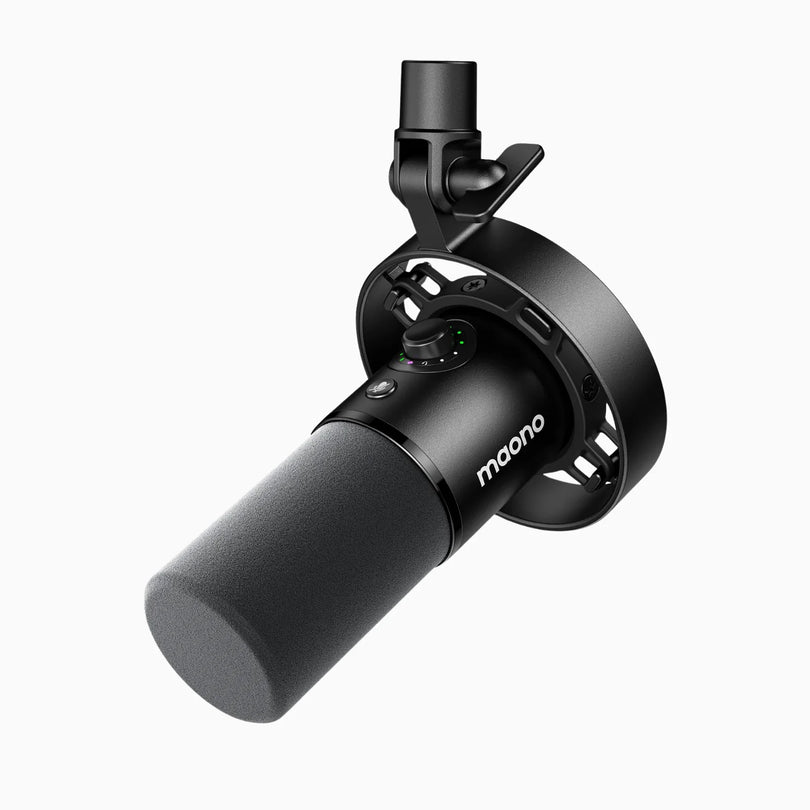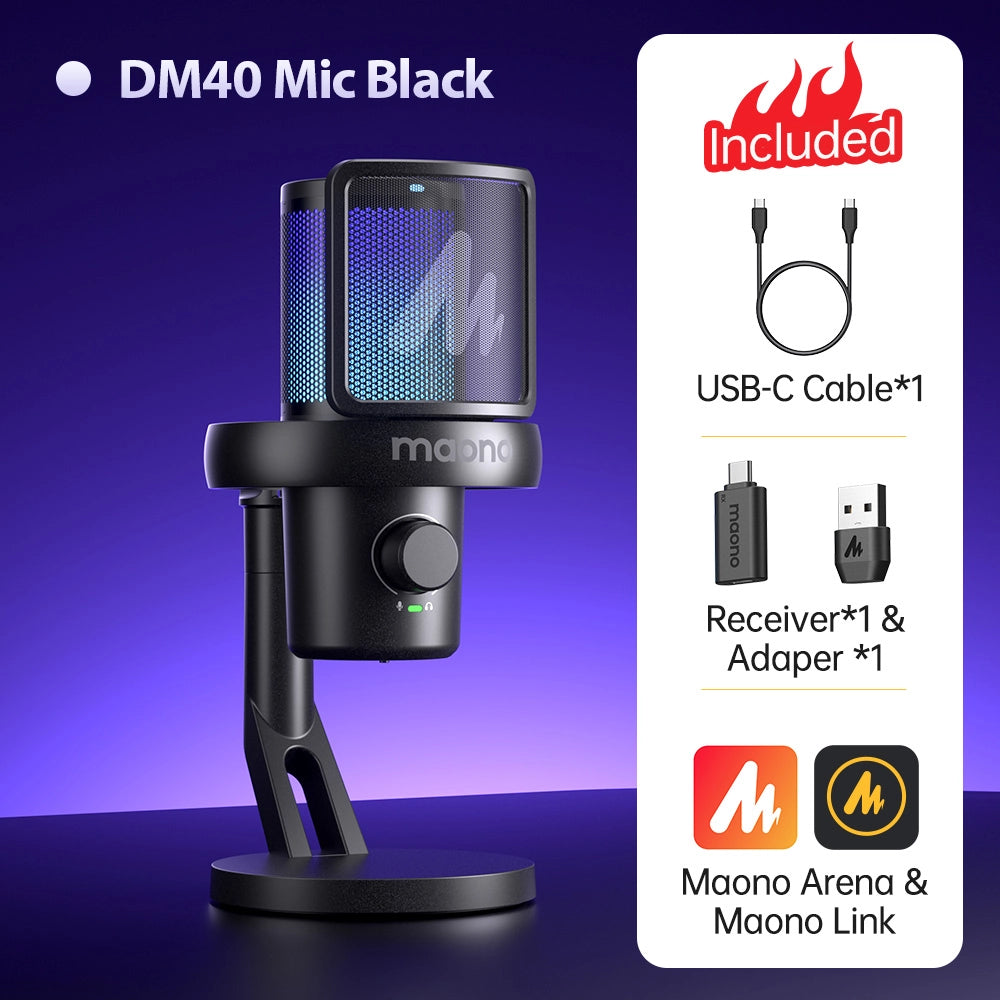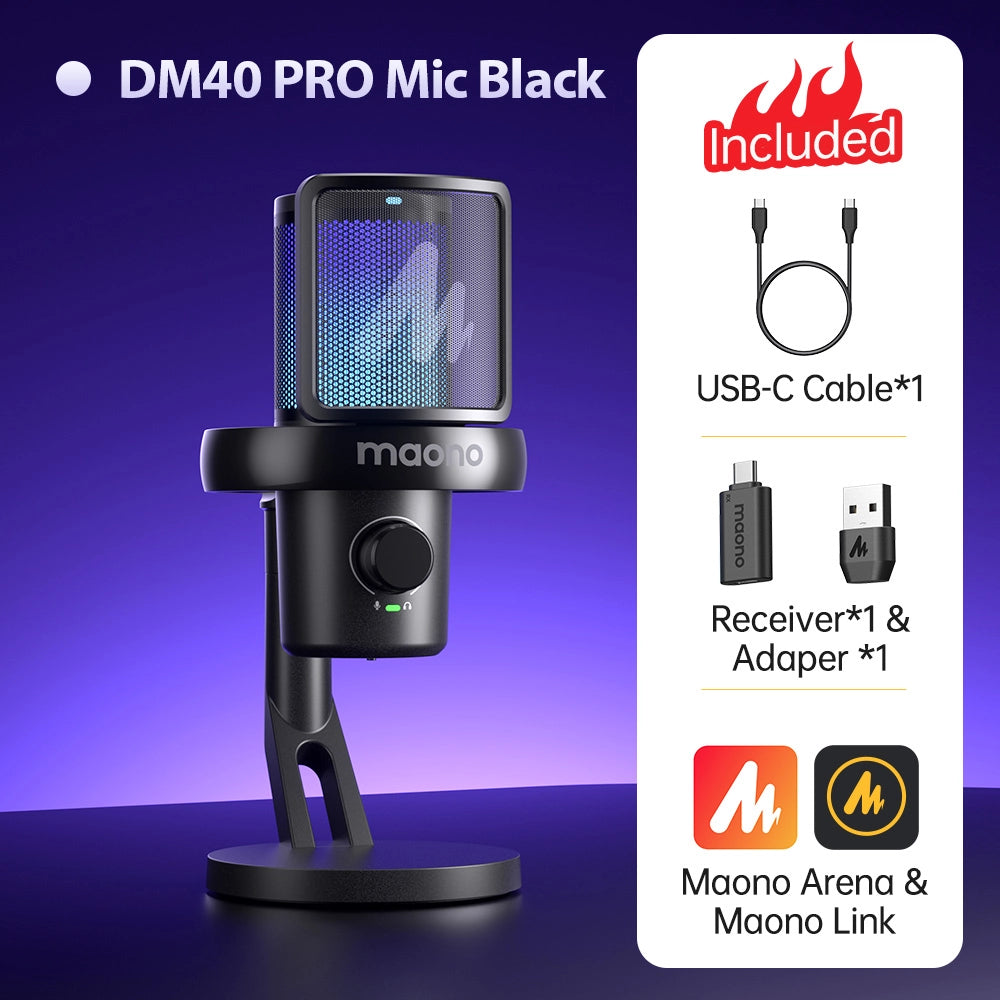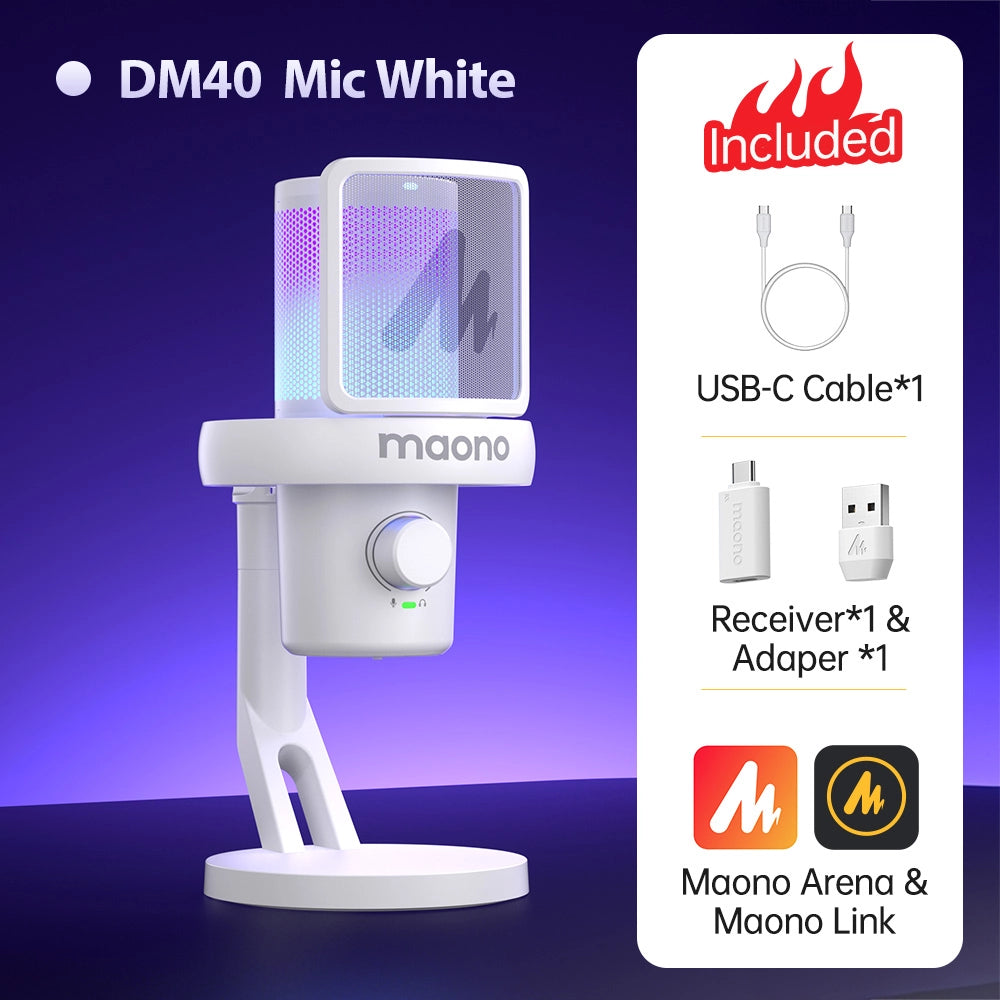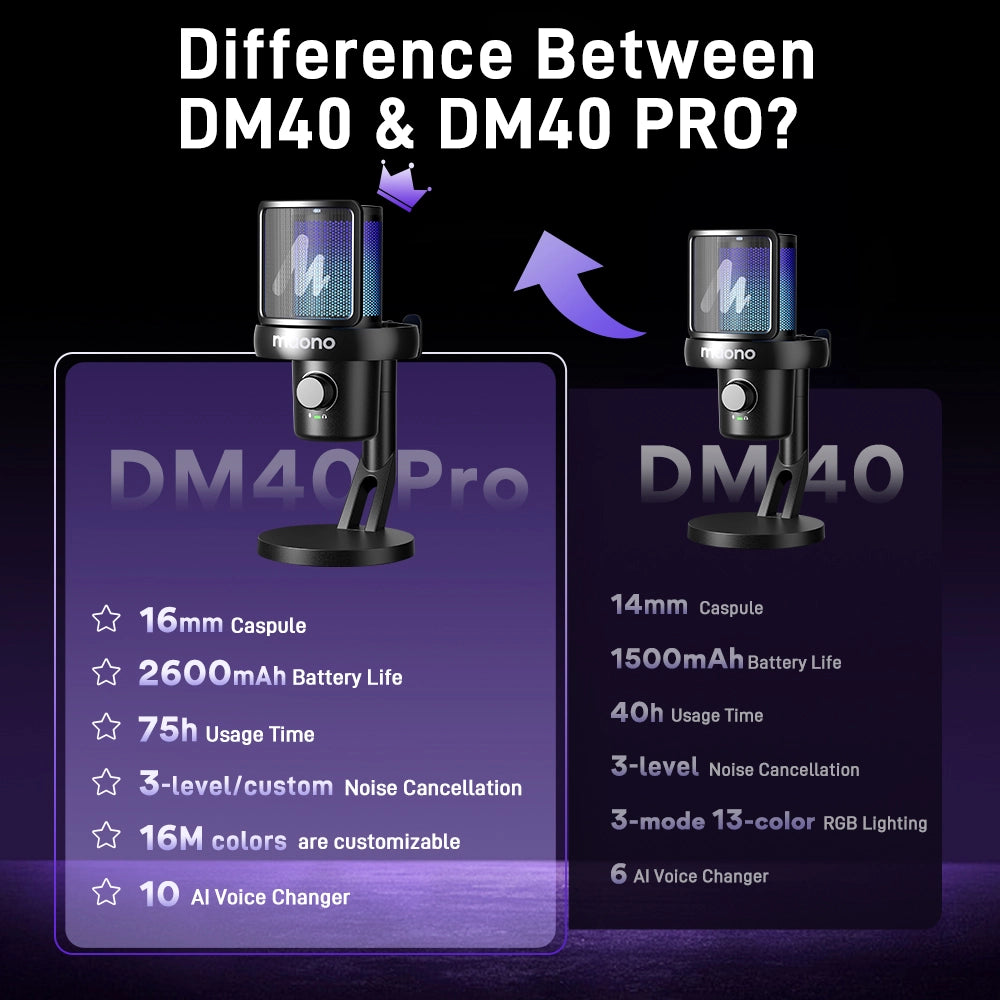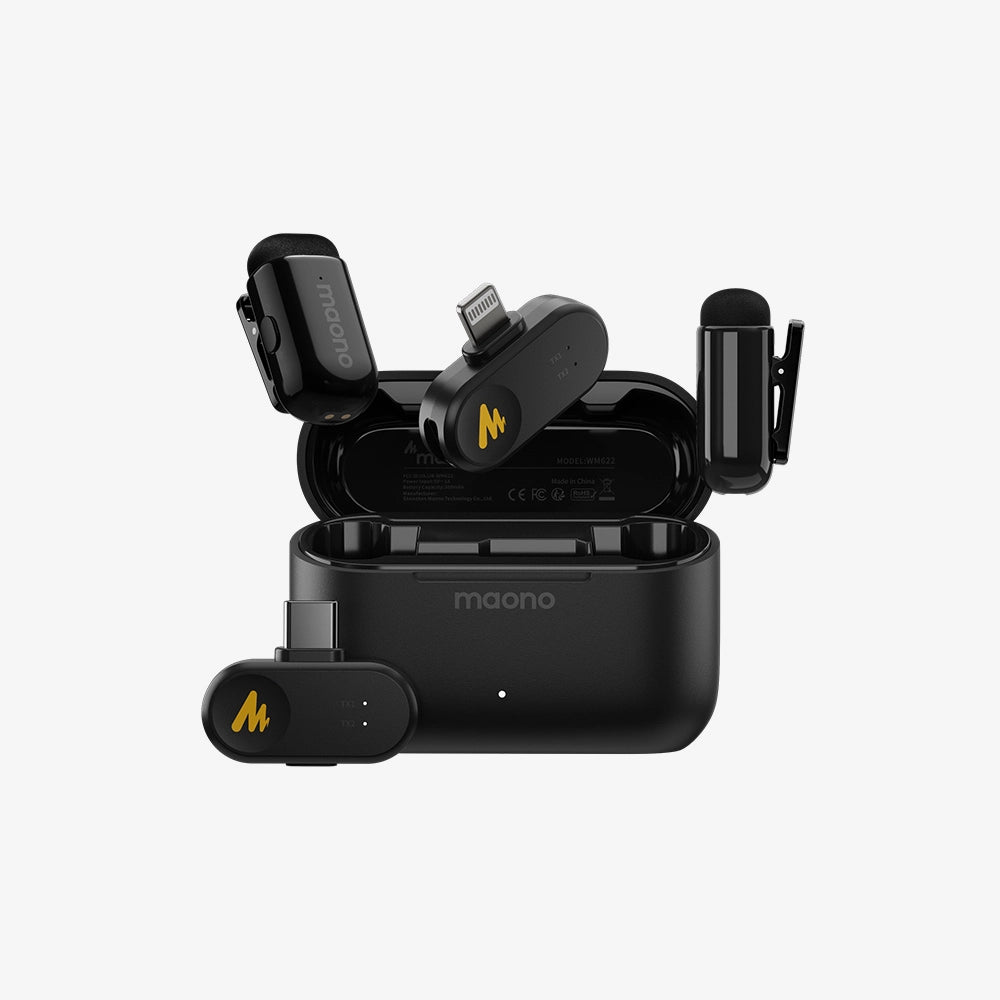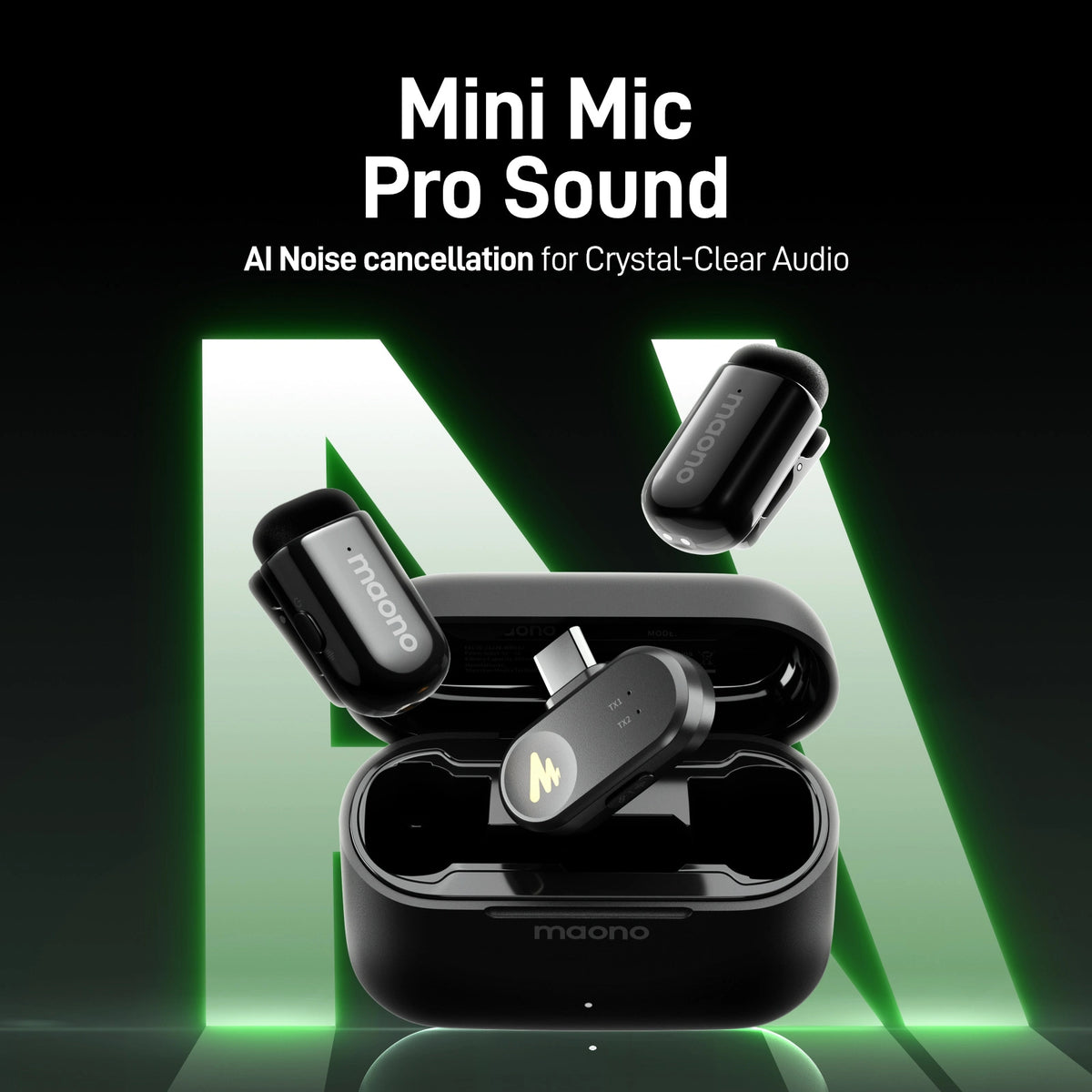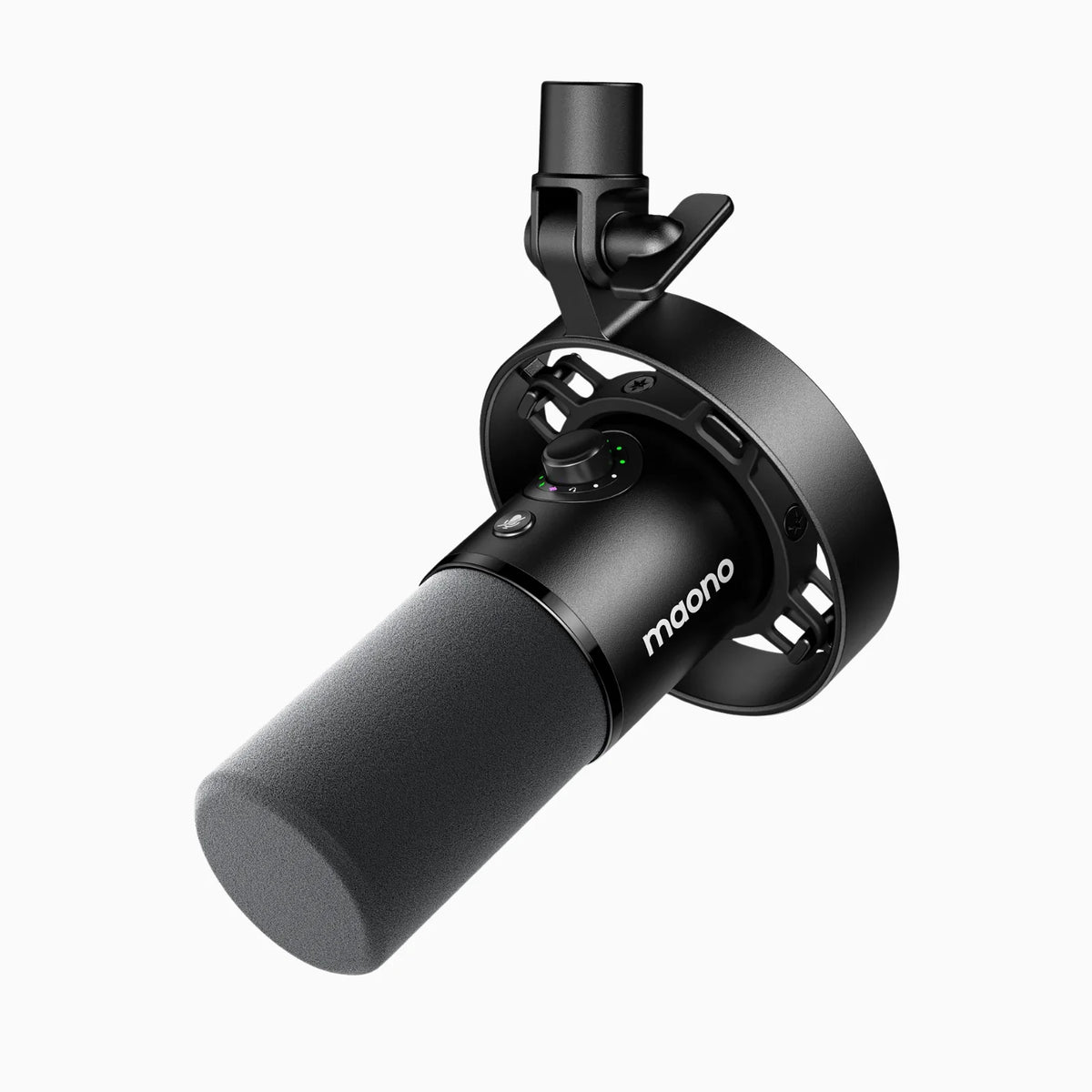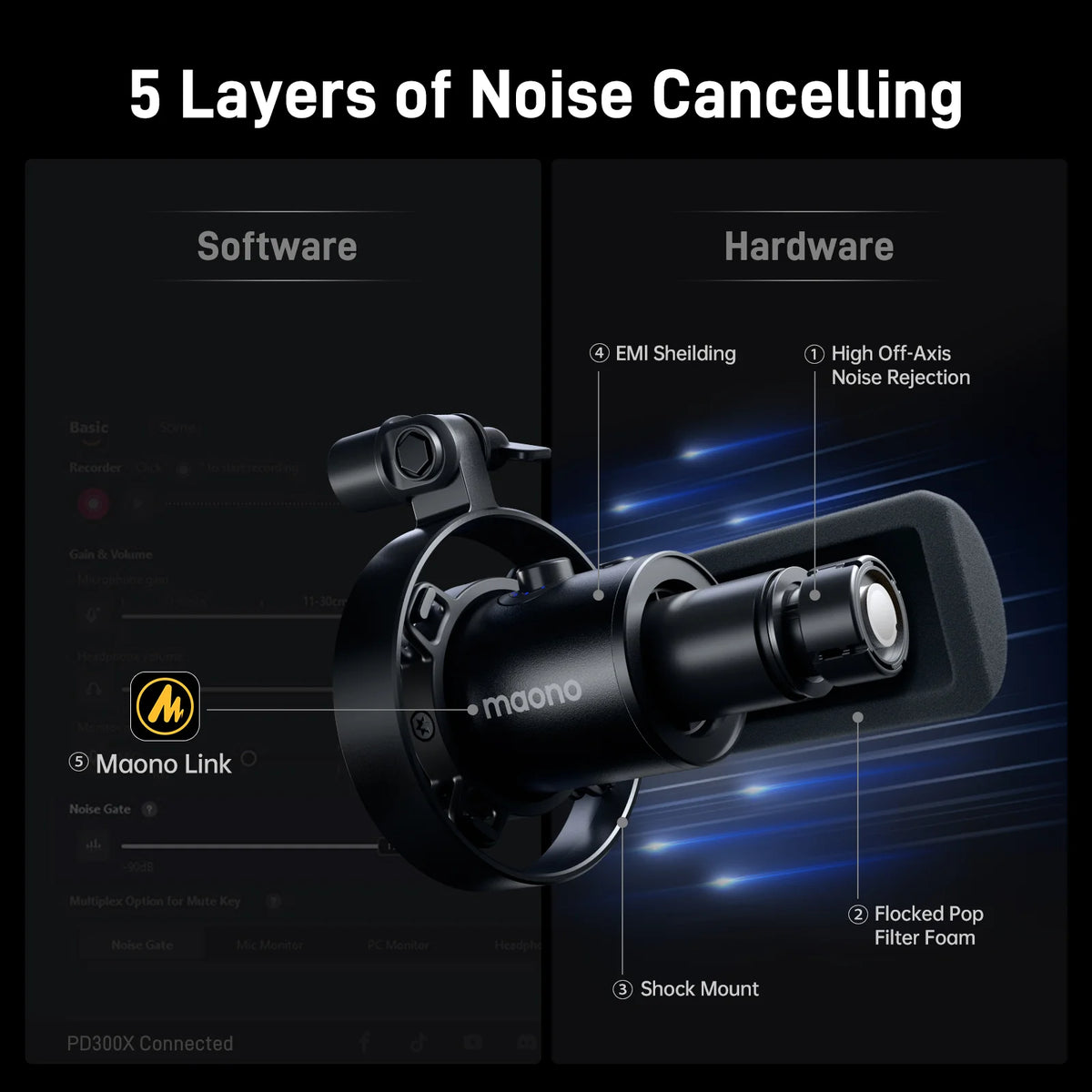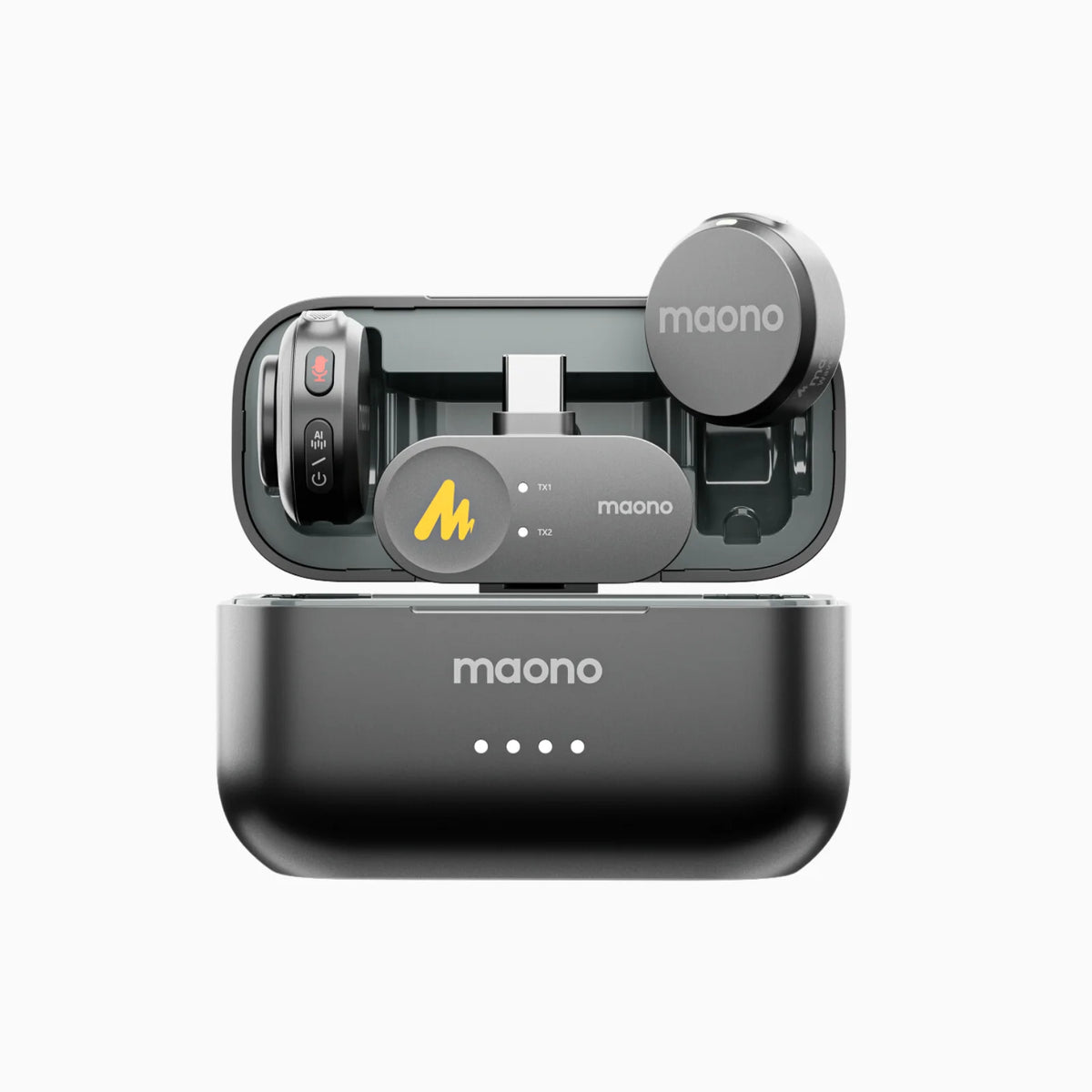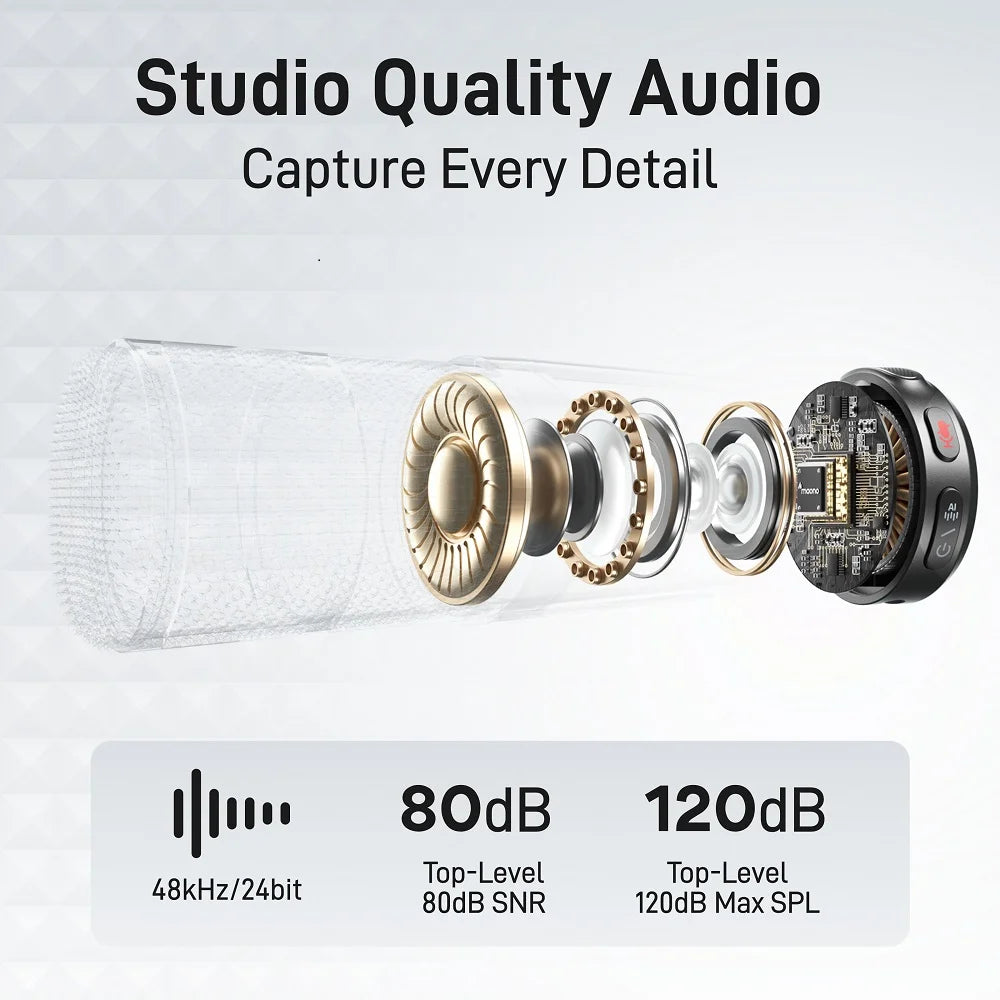In a world where every sound matters, the quest for crystal-clear audio is more crucial than ever. The cardioid microphone is a game-changer in the realm of sound recording and broadcasting. Imagine a microphone that can precisely capture your voice while ignoring the chaotic noise around you. This is the magic of the cardioid polar pattern—a design that turns your voice into the star of the show, leaving background noise in the shadows. Whether you're recording a podcast, performing live streaming, or setting up a home studio, understanding the unique capabilities of cardioid microphones can elevate your audio to professional heights. Let’s dive into what makes cardioid mics so essential and how they can transform your recording experience.
Cardioid microphones are widely appreciated for their effectiveness in capturing sound from a specific direction while minimizing noise from other sources. This directional microphone type has become a staple in various audio recording environments, from professional studios to home setups. Known for their ability to focus on sound from the front and reject noise from the sides and rear, cardioid mics are ideal for numerous applications, including vocals, podcasting, and live performances.
Definition of a Cardioid Microphone
Cardioid microphone meaning: The term "cardioid" refers to the heart-shaped pickup pattern of these microphones. Unlike omnidirectional mics, which capture sound from all directions, or figure-eight mics, which pick up sound from the front and back, cardioid microphones are designed to capture audio primarily from the front. This pattern is achieved through the microphone's design, which includes a diaphragm and internal components that respond most effectively to sound waves coming from a particular angle.
The Benefits of Using a Cardioid Microphone
Cardioid microphones are particularly good at picking up sound from the front and reducing background and side noise. Cardioid microphones are perfect for situations like live performances, podcasts, and studio recordings when background noise separation is essential because of their directional sensitivity, which guarantees that your voice or main sound source comes out clearly.
Cardioid microphones are less likely to pick up sound from the back because of their design. This feature is particularly helpful when using stage monitors or in live sound scenarios as it reduces feedback and unwanted noise. These microphones reduce the possibility of feedback loops and enhance overall sound quality by rejecting noises coming from behind.
Cardioid microphones are useful for isolating the desired sound source from distracting background noise in loud or acoustically difficult locations. This selective pickup pattern helps to preserve the clarity and prominence of the main sound in situations when ambient noise or room reverberation could otherwise degrade audio quality.
Polar Patterns in Different Situations
The choice of polar pattern can significantly impact sound quality and noise management. Omnidirectional microphones are often used in studio settings where capturing room ambiance is desired. Cardioid microphones use cardioid microphone patterns excel in situations where isolating the sound source from background noise is crucial, such as in live performances or podcasting. Hypercardioid microphones are particularly effective in environments with high ambient noise or when very precise sound capture is needed. Each pattern serves a unique purpose, and selecting the right one depends on the specific recording scenario.
Differences Between Directional, Cardioid, Super-cardioid, and Hypercardioid Microphones
Directional microphones are a broad category that includes cardioid, super-cardioid, and hypercardioid microphones. While all these mics are designed to capture sound from a specific direction, their degree of directionality varies:
- Cardioid Microphones: Cardioid microphones capture sound in cardioid patterns. Capture sound from the front and reject noise from the sides and rear. Ideal for general use in various settings. Examples of these cardioid microphones are the Maono PD400XS and PD200XS.
- Super-cardioid Microphones: Offer a tighter pickup pattern than cardioid mics, capturing sound from the front with reduced sensitivity to the sides and increased rejection of rear noise. These are useful in loud environments or for isolating specific sound sources.
- Hypercardioid Microphones: Have the most focused pickup pattern among the three, capturing sound from a very narrow-angle while offering significant rejection of noise from the sides and rear. These are used in very controlled environments or where maximum isolation is required.
Why Do Cardioid Microphones Cover Their Backside?
Cardioid microphones are designed to capture sound predominantly from the front while reducing sensitivity to sounds coming from the sides and rear. This is achieved through their internal construction, which includes a diaphragm and acoustic ports that favor sounds arriving from the front. The coverage of the backside, or the rear rejection, helps minimize background noise and feedback.
Cardioid microphone uses: Cardioid microphones are ideal for live performances, studio recordings, and situations where clarity and focus are essential.
Good Cardioid Microphones Under $100
For those on a budget, there are several high-quality cardioid microphones available for under $100. Some notable options include:
- Audio-Technica AT2020: A popular choice for its clear sound quality and versatility, making it suitable for various recording applications.Price: Around $99
- Samson Q2U: Known for its dual USB/XLR connectivity, this mic offers great value and convenience for both digital and analog recording. Price: Around $69.99
- Maono PM422: A USB Podcast Microphone features a cardioid polar pattern that effectively captures clear audio from the front while minimizing background noise. It includes a built-in headphone jack for real-time monitoring and easy volume control, making it an ideal choice for podcasters and streamers.

Best Cardioid Microphones
- Maono PD400XS: An excellent option with good performance for vocal streaming, podcasting, and recording, providing excellent value for the price.

It's a versatile, dynamic cardioid microphone that offers high-performance and dual USB and XLR connectivity. It picks up sound waves in a cardioid pattern which allows superb sound isolation, capturing focused and clear audio from the front and reducing background noise. With its frequency response of 40Hz-16kHz, it captures detail and reproduces professional sound that's exceptional. PD400XS comes with a boom arm stand, and the microphone itself has a touch panel control on the device which allows easy gain and mute adjustments. Other features of this microphone also include a built-in jack for real-time latency monitoring, 3-in-1 button control, and a click-mute function.
- Maono PD200XS: PD200XS is a cost-effective USB microphone for podcasters, streamers, and aficionados of home studios is the Maono PD200XS.

It is perfect for voice recordings and live streaming because of its cardioid pickup pattern, which minimizes background noise and guarantees concentrated sound capture from the front. Clear and detailed sound is produced by the excellent 48kHz/24-bit audio resolution. Zero-latency monitoring is made possible by the integrated headphone port, which guarantees that users can hear their recordings instantly and in real-time. The robust metal design of the microphone offers longevity and a polished appearance. Plug-and-play ease of use and setup make the PD200XS an excellent option for beginners and those seeking a dependable yet reasonably priced USB/XLR microphone.
FAQs
1. What Accessories Are Recommended for Use with Maono Cardioid Microphones?
When using Maono cardioid microphones, several accessories can enhance performance and convenience:
- Pop Filters: Reduce plosive sounds and improve clarity in vocal recordings.
- Shock Mounts: Isolate the microphone from vibrations and handling noise.
- Mic Stands: Ensure proper positioning and stability during recordings.
- XLR Cables: For connecting the microphone to an audio interface or mixer.
2. How Do I Troubleshoot Issues Such as Low Volume or Static with My Cardioid Microphone?
If you experience issues like low volume or static, consider the following troubleshooting steps:
- Check Connections: Ensure all cables and connectors are securely plugged in and functioning properly.
- Adjust Gain Levels: Increase the input gain on your audio interface or mixer to boost the microphone's volume.
- Inspect the Microphone: Look for any physical damage or loose components that might affect performance.
- Update Drivers: If using a USB microphone, ensure that your drivers are up-to-date.
3. What Do Users Say About the Build Quality and Performance of Maono Cardioid Microphones?
Users often praise Maono cardioid microphones for their affordability and solid performance. The build quality is generally considered good for the price, with many users appreciating the clear sound quality and ease of use. Reviews frequently highlight the value these microphones provide for entry-level recording setups, making them a popular choice for beginners and budget-conscious users.
Conclusion
Cardioid microphones are a versatile and valuable tool for various audio recording needs, from capturing vocals to minimizing background noise. Understanding their polar pattern and how it differ from other types of microphones can help you make an informed decision when selecting the right mic for your setup. Whether you're a budding podcaster, a live performer, or a home studio enthusiast, a cardioid microphone can offer the clarity and focus needed for high-quality recordings. By considering factors such as directional sensitivity, use cases, and budget-friendly options, you can choose a cardioid microphone that best suits your needs and enhances your audio experience.




